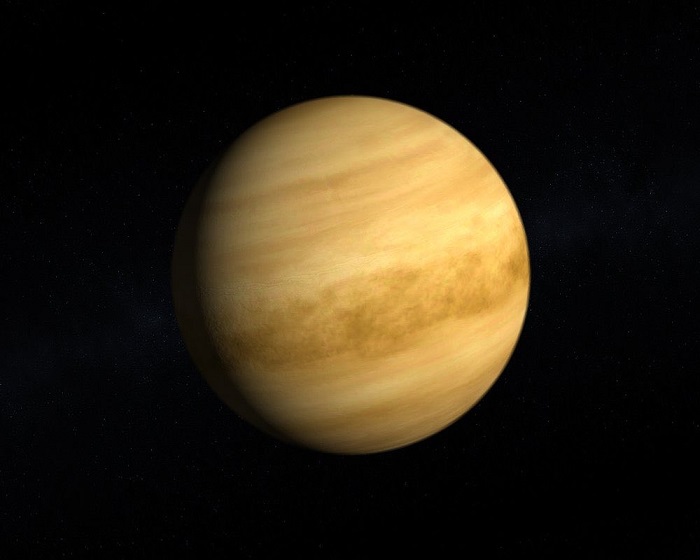
Muscat: Oman’s sky will witness a prominent celestial event on Sunday after Venus attains its maximum brightness, which will be visible in the western horizon after sunset.
Wisal bint Salim Al Hinai, Deputy Head of the Community Outreach Committee at the Oman Astronomy and Space Society, explained that Venus is the third brightest celestial object after the sun and moon, with a brightness of -4.52 apparent magnitude, making it approximately 30 times brighter than Sirius, the brightest star in the sky after the sun.
Al Hinai stated, "Tomorrow, Venus will reach its peak brightness during this cycle, appearing in a crescent phase, reflecting a significant amount of sunlight due to the angle formed by the sun relative to Earth and Venus. During this period, Venus will be at its closest point to Earth, making it even brighter and clearer, especially when observed through telescopes that will reveal the surface features covered with thick clouds."
She confirmed that Venus will remain visible in the evening sky until mid-March, gradually fading to March 16, to reappear in the eastern horizon as the “Morning Star” by the end of the same month.
This period is considered a golden opportunity for astronomy enthusiasts to observe one of the most beautiful celestial sights, either with the naked eye or using telescopes that will reveal details of the crescent phase Venus is undergoing.
Al Hinai explained that Venus is classified an inner planet as it moves inside Earth's orbit around the sun, making it the second closest planet to the sun after Mercury.
Due to its proximity to the sun, it cannot be seen all night like the outer planets but appears either before sunrise in the eastern horizon or after sunset in the western horizon.
During these periods, it is far enough from the sun's glare to appear bright and clear to the naked eye.
Al Hinai added that Venus has been associated with ancient civilizations, known to the Greeks and Romans as the "Morning Star" and "Evening Star" due to its frequent appearance at specific times of the day, making it an important symbol in many cultures.
She noted that Venus features a thick and dense atmosphere primarily composed of carbon dioxide, with amounts of nitrogen and sulfuric acid, reflecting 75% of sunlight, one of the main factors giving it this exceptional glow.
However, this atmosphere also causes a massive greenhouse effect, making Venus the hottest planet in the solar system, with surface temperatures reaching 467 degrees Celsius, enough to melt lead, and atmospheric pressure 92 times that of Earth, equivalent to diving 900 metres below the sea surface on Earth.
Al Hinai stated that despite extensive studies, Venus still holds many secrets yet to be revealed, making it a focal point of interest for global space agencies.
NASA and the European Space Agency are preparing future missions to explore this mysterious world, understand its history, and uncover the reasons for its transformation into a hellish planet despite its significant similarities with Earth in terms of size and composition.